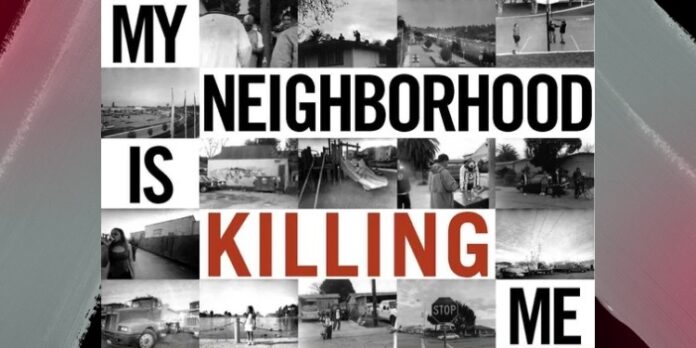Environmental Racism: A Tale of Two Cities Amongst Thousands, How a San Antonio Community Neighborhood Removed Pollution From Their Minority Neighborhood
Environmental racism isn’t just a phrase—it’s a profound injustice playing out across America’s cities, prominently showcased in all communities of color. In Chicago, new mayor Brandon Johnson faces a daunting legacy of pollution and inequity. His campaign was marked by personal narratives of suffering asthma due to industrial toxins in his youth. This mirrors the broader struggle in Chicago, where communities of color bear the brunt of environmental hazards, leading to significant disparities in life expectancy—up to 30 years compared to wealthier, predominantly white neighborhoods.
However, the challenge isn’t unique to Chicago. In San Antonio, similar stories unfold in the Eastside neighborhood of Willowwood Estates, a community predominantly Black and Hispanic.
Recently, residents of Willowwood fought a determined battle against the city’s decision to host United Site Services, a port-a-potty business seen as yet another environmental burden imposed on a marginalized community. Despite their victory in shutting down operations, the struggle underscored a recurring theme: communities of color often serve as unwilling hosts for environmentally hazardous businesses.
This pattern of using minority neighborhoods as dumping grounds or sites for harmful industries is a stark illustration of environmental racism. It’s not just about unwanted businesses; it’s about the systemic disregard for the health and well-being of these communities. The long-term exposure to pollutants not only shortens life spans but also lowers the quality of life, perpetuating a cycle of poverty and health disparities.
The narrative of Willowwood resonates with thousands of communities nationwide. Both cities reflect a national crisis where industrial and waste-related enterprises are disproportionately placed in minority neighborhoods, leveraging the lack of resources or political clout to resist such placements.
As Chicago’s mayor sets out to right these wrongs, the story of Willowwood serves as both a caution and a beacon of hope. It shows that community resistance can prevail, yet it also highlights the need for vigilant, sustained advocacy to protect these neighborhoods.
Our communities deserve more than empty promises—they need concrete actions that halt the cycle of placing hazardous enterprises in their backyards. The fight against environmental racism must be relentless and unyielding, ensuring every community, irrespective of color, has the right to a clean and safe environment.
If you or anyone you know is living in a residential area in the San Antonio city limits with an industrial company that you believe is polluting the are around where you live your life, email us at contact@saobserver.com.








